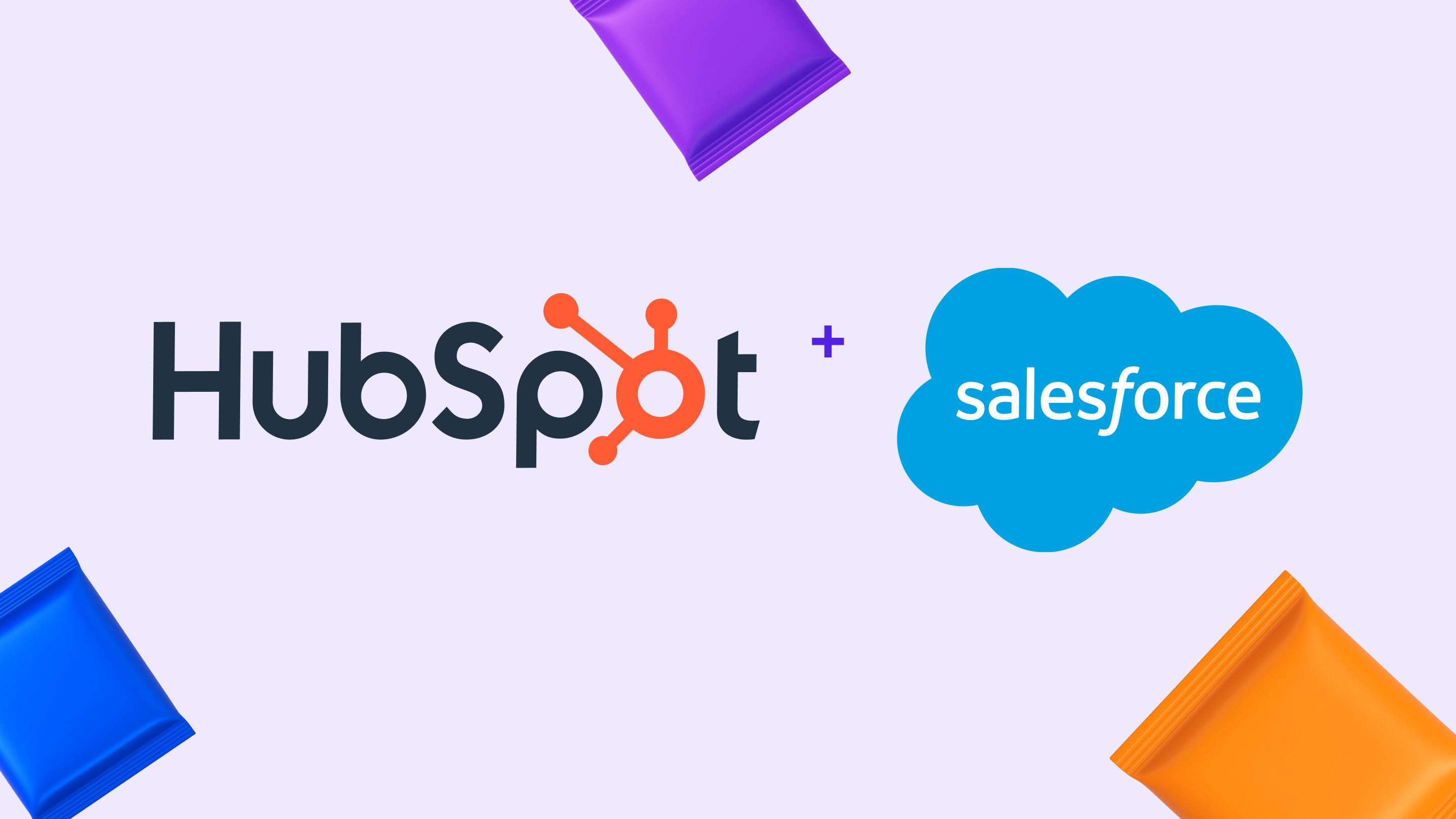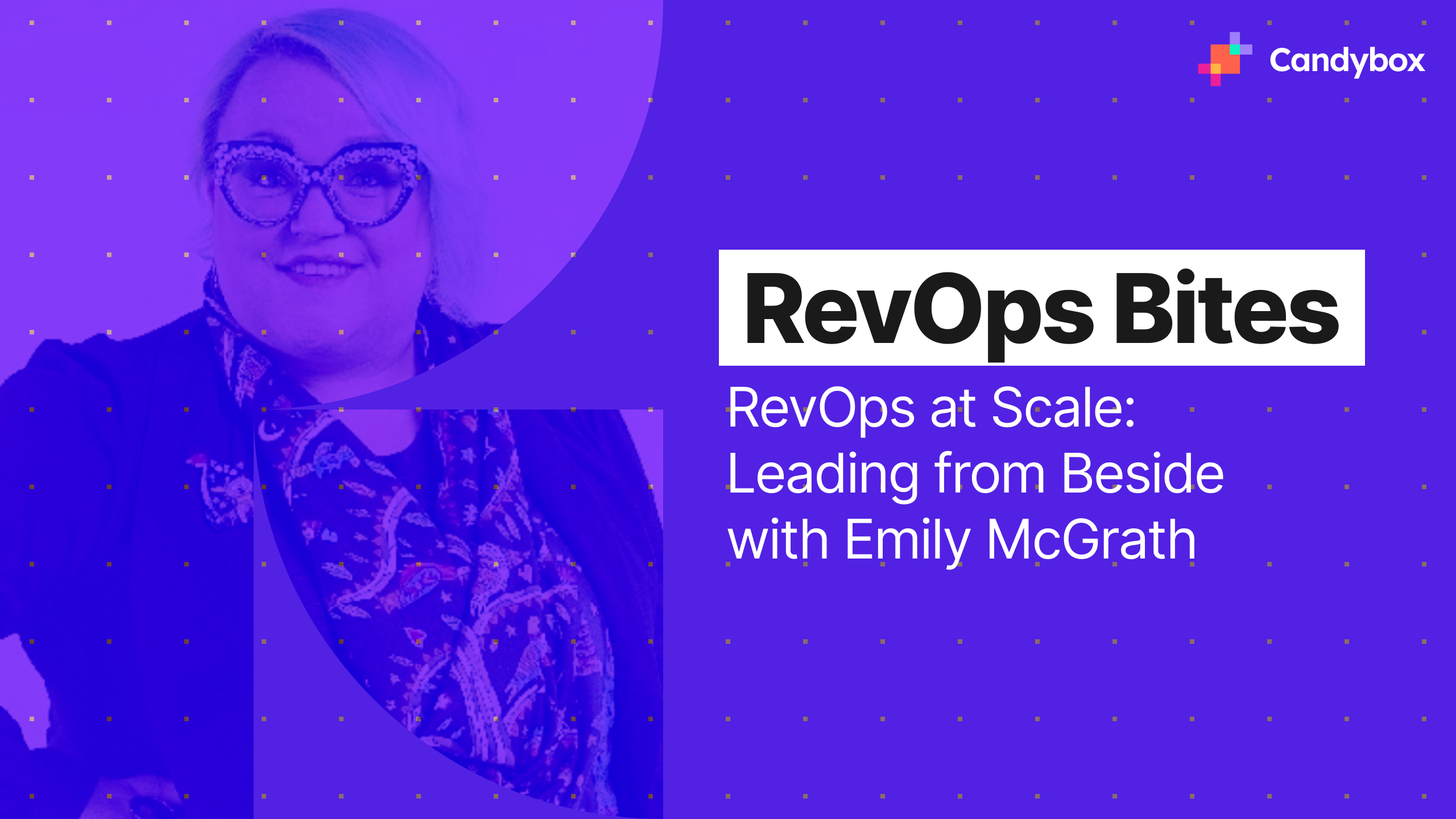What is GTM Engineering? The Bridge Between Product, Sales & Growth
If you're active within the RevOps or Growth spaces in tech, you may have been seeing the term GTM Engineering coming up more and more often lately, with people debating whether the title is just a RevOps rebrand or a fad or actually representative of new developments in the go-to-market space.
In this article, we explore what GTM Engineering is, what GTM Engineers do, and how this fits into existing Revenue Operations and Growth trends within technology and AI-augmented companies.
Defining GTM Engineering
GTM engineering is a relatively new but rapidly growing discipline that blends principles of software engineering with revenue growth. GTM Engineers are technical operators focused on driving revenue by designing, automating, and scaling out the systems that power modern revenue teams. GTM Engineers help to orchestrate the GTM tech stack to turn strategy into execution by connecting tools, workflows, and data, and in doing so build automated systems that scale high-ROI activities.
Technology has always been an important part of the RevOps and growth marketing world. However, recent changes, including the rise of AI and the increasing complexity of integrating and maintaining an Enterprise-level GTM tech stack, have placed new demands on what it means to be successful and forward-thinking in RevOps and growth marketing.
GTM Engineering is an appreciation of these evolutions and reflects the increased need for technical abilities - from API integrations, scripting, no-code solutions, and increasingly-complex data orchestration.
What Do GTM Engineers Actually Do?
GTM engineers are often found at small to midsize, tech-forward firms and operate like a lean SWAT team for growth, working on initiatives such as:
Workflow Automation & Scripting: GTM Engineers see value in taking the pain out of repetitive tasks. Imagine automating quote follow-ups for your sales team or personalizing onboarding sequences for your new premier service clients. This frees up valuable time for higher-value and more personalized interactions.
AI & Data Enrichment: Enhancing customer understanding and lead scoring with the power of AI-augmented technologies. GTM Engineers seek to move beyond basic demographic scoring to AI-powered predictive lead scoring, identifying your hottest prospects with far greater accuracy at precisely the right moment in their buyer journey.
Scalability & Experimentation: Rapidly testing new sales and marketing tactics, optimizing performance based on real-time data, and quickly iterating to find what truly moves the needle for your specific industry and customer base.
GTM Project Examples for Small to Midsize SaaS Companies
Personalized/Automated Outreach & Lead Generation:
- Auto-enriched lead workflows: Inbound demo requests are enriched via Clay and then pushed into HubSpot/Salesforce with job title, headcount, industry, and funding stage.
- Cold outbound builder: Automatically build cold outbound lead lists based on ICP triggers (e.g. job changes, funding rounds) and sync them into your CRM and sequencing tools like Outreach/Salesloft.
- Persona-based routing: Enrich and tag leads with persona data (e.g. "VP Sales - SMB" vs "Director of Enterprise Customer Success") for dynamic routing to reps or campaigns.
- Automated ICP list feed: Sync daily enriched lists from Clay into Outreach based on job changes, keywords, etc.
- CRM stage-based sequencing: Auto-enroll leads in specific sequences based on their lifecycle stage or engagement score in the CRM.
Smart CRM Automation:
- Auto-lead routing with GTM logic: Route leads based on product usage, firmographics, or account tier using custom Apex code or flows (Salesforce) or workflows (HubSpot).
- Usage-based lead scoring: Pull product engagement data from Segment or Unify into the CRM to score leads by activation milestones.
- Lead recycle automations: Create logic to return unworked leads to the pool after X days or based on rep inactivity.
- Live alerts for intent signals: When key actions happen (e.g. pricing page visit + MQL score >80), trigger a Slack ping or email to assigned rep.
Data Layer + Reverse ETL:
- CRM <> Product data syncs: Use Unify or Hightouch to push firmographic data from HubSpot/Salesforce into your product database to customize onboarding flows.
- Product <> CRM reverse ETL: Push active usage signals (e.g. “invited team members”, “hit paywall”) into Salesforce/HubSpot to update lifecycle stage or priority.
- Lifecycle stage automations: Use product events to move leads from PQL to SQL or Nurture based on in-app behavior thresholds.
Scheduling Automations
- Smart scheduling rules: Auto-route meetings to AEs based on round-robin rules + account ownership in CRM.
- Abandoned form follow-ups: Trigger personalized outreach if someone starts to book but doesn't complete.
- Meeting enrichment on book: When a form is submitted, enrich lead info with Clay or Clearbit before creating the calendar event or contact record.
Responsive Marketing Automation
- Trigger nurture flows based on product usage: When a user invites a teammate, trigger a CS-led onboarding email series.
- Intent-based retargeting: Send highly active freemium users into custom retargeting audiences using Clearbit + Segment.
Custom Tech Stack Integrations
- Zapier / Tray.io: Use these to middleware systems for low-code tasks like:
- Notifying Slack when a high intent lead books via Chili Piper
- Creating Notion deal rooms from Salesforce deal stages
- Posting win/loss updates in a #gtm-updates Slack channel
- Analytics dashboards (Retool, Omni Analytics):
- Top PQLs by intent signals this week
- AE responsiveness by lead quality
- At-risk accounts by usage drop-off
GTM Engineering vs RevOps: What's the Difference?
RevOps has a strong focus on reducing inefficiencies by aligning sales, marketing, and customer success across a unified data and technology infrastructure. As we discuss in our article "What is RevOps", we see RevOps as comprising three core pillars:
- People
- Tactical Execution
- Insights
In some ways, we can think of GTM Engineering as an evolution of the pillar of Tactical Evolution but strongly utilizing the data enrichment and insights of the Insight pillar..
Traditionally, RevOps provides the critical strategy and infrastructure for an efficient and scalable go-to-market motion. However, while RevOps enhances operational efficiency, it can fall short in driving innovation and unlocking truly scalable growth. This is where GTM Engineering becomes essential.
RevOps & GTM Engineering: The Dream Team for Startups & Midmarket Companies
Rather than competing or adding redundancies, RevOps and GTM Engineering can perfectly complement one another in a modern growth organization. GTM Engineering builds directly upon your RevOps foundation, injecting new AI-powered tools, intelligent automation, and data-driven experimentation strategies to fuel revenue growth.
When RevOps and GTM Engineering work together, they can superpower a company's GTM tech stack and growth engine, helping a company to evolve beyond founder-led growth.
Move Beyond Founder-Led Leads with AI-Powered Lead Qualification: Many small to midsize companies are heavily reliant on referrals. GTM Engineering can leverage AI to dynamically score and prioritize leads based on a much wider range of data points, identifying high-potential prospects you might otherwise miss. Imagine your sales team focusing only on the warmest, most qualified leads, dramatically improving efficiency and conversion rates.
Scale Personalization with Dynamic Sales Engagement Automation: Implement AI-driven automated outreach and follow-ups triggered by individual prospect behavior. For example, automatically nurturing leads who engage with specific content on your website or downloading key resources.
Agile Growth with Real-Time GTM Adjustments: GTM Engineering enables agile adjustments to campaigns and sales strategies based on live performance data. If a particular marketing campaign for your managed IT services isn't performing, AI-driven insights can quickly pinpoint the issue and recommend real-time adjustments, maximizing your ROI.
Optimize Your Underutilized CRM: GTM Engineering provides the strategies and AI-powered automations to unlock the full potential of your CRM investment, transforming it into a powerful engine for growth and sales & marketing alignment.
Should Your Team Invest in GTM Engineering?
- Your CRM (e.g. Salesforce) is cluttered, underused, or inconsistent
- Your ops teams are drowning in manual work or spreadsheets
- Marketing and sales attribution is unreliable or non-existent
- You're adopting new tools faster than you can integrate them
- You want to scale but your systems are built for survival, not growth
Then yes, a GTM engineer (or team) might be the secret weapon your GTM strategy needs.
Wrapping Up
As companies move faster and demand more from their go-to-market teams, the need for technical talent within GTM is skyrocketing. Utilized correctly and paired with a strong RevOps function, GTM engineering isn't just a buzzword; it's a competitive advantage for high-growth SaaS orgs that want to turn their CRM into a revenue engine rather than just a record-keeping system.

.png)












